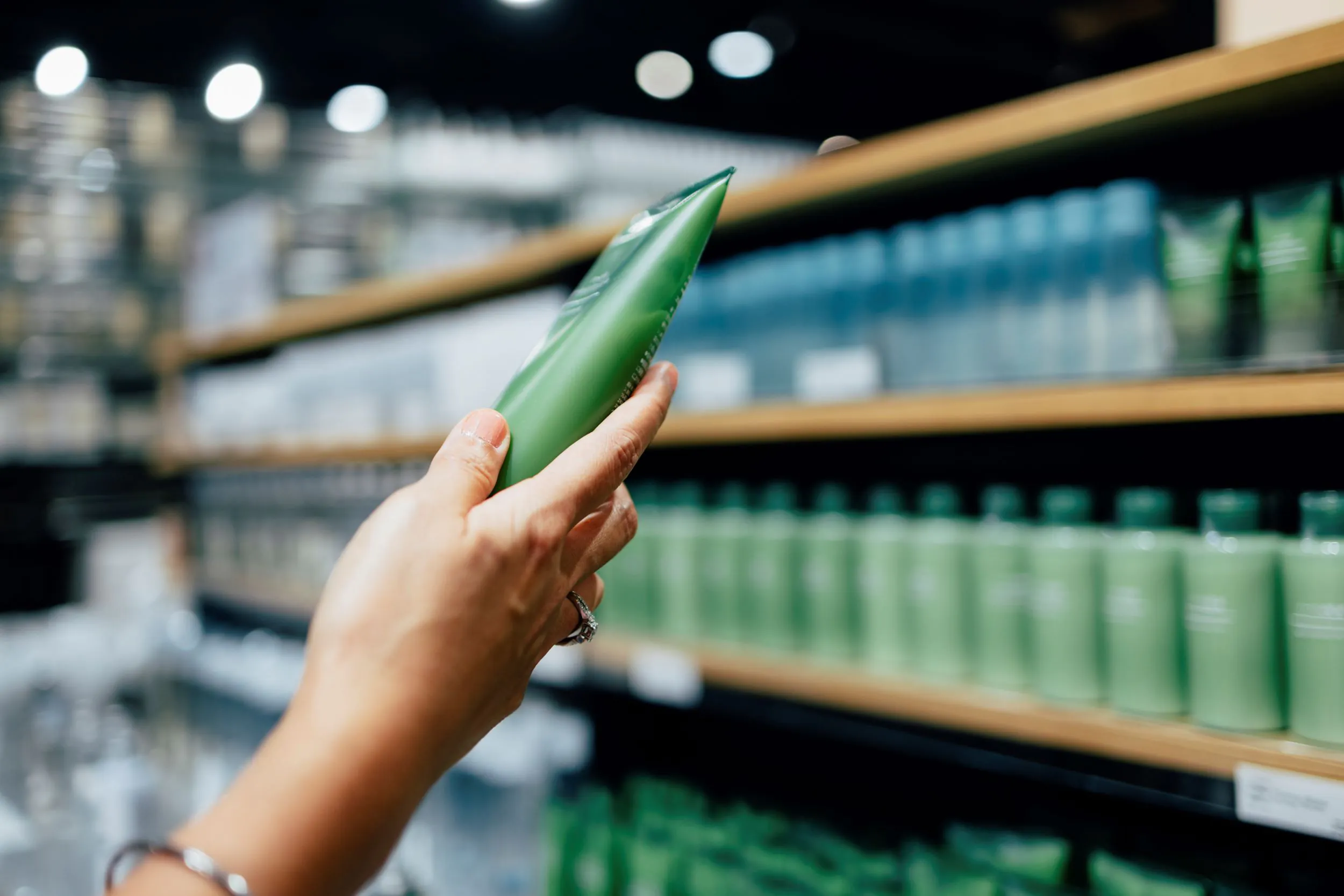The personal care products industry encompasses a wide range of products in both the hygiene and beauty categories, products that are used on a daily basis by consumers around the world. While the industry was impacted by the COVID-19 pandemic — which brought a temporary but dramatic decrease in in-store shopping combined with a reduction in social events and in-office work — it has been recovering over the past few years despite continuing challenges such as supply chain disruptions, rising material costs, and high inflation. As new consumer preferences emerge and strengthen, companies are introducing new products and improving the purchasing experience in order to stay competitive in a large and busy market.
The global personal care products industry is worth roughly half a trillion dollars, and it’s expected to climb over the next several years despite the current challenges. Asia-Pacific makes up the largest share of the market and is expected to see the highest growth over the next several years. The increasing number of working women in the region with growing amounts of disposable income are driving demand for cosmetics and other beauty products. Asia-Pacific is also home to industry leaders such as Kao and Shiseido, providing consumers with easy access to a wide range of personal care products and making the market a competitive one.
Consumer tastes and expectations continue to evolve. Standards are getting higher as buyers increasingly seek out brands that offer features such as high quality, natural ingredients, sustainability, and easy ways to trial their products. In such a competitive industry, keeping up with consumer trends and preferences is an important part of finding and keeping success. So what are consumers expecting to see from the personal care products industry in 2023 and beyond?
Natural and Organic Ingredients
Buyers are becoming more particular about the quality of products they use, and countries like the US are introducing stricter laws around the types of ingredients that can or cannot be used in cosmetics and other personal care products. An increasing number of consumers are looking closely at ingredient lists and want to know what those items are and whether they’re good for both their bodies and the planet.
Roughly two-thirds of consumers are now prioritizing environmentally friendly brands when making purchase decisions, and over half are willing to pay higher prices for them. Even with cost pressures due to the pandemic and inflation, this is still an important factor for consumers. Products labeled “clean,” “natural,” or “organic” are becoming increasingly popular on the market, and the market for natural beauty products is expected to reach $59 billion by 2031.
Biotech and Green Chemistry
With more scrutiny falling on ingredient lists, personal care product manufacturers are turning to green chemistry, a combination of sustainability and biotechnology. The focus is on removing harmful substances and replacing them with bio-based alternatives, as well as reducing the use of ingredients that require unsustainable farming and manufacturing processes to produce, such as land destruction, pollution, and high water usage. It can also involve taking byproducts and waste and converting it into usable ingredients.
Biotech manufacturers use ingredients found in naturally occurring organisms such as algae or silk and reproduce them in a lab setting, reducing environmental impact as well as decreasing reliance on unsustainable substances like palm oil and petroleum.
Going Digital
Consumers were already making increasing use of online shopping options before the pandemic, but 2020 accelerated the process as lockdowns occurred and consumers opted to minimize risk by shopping from home. Now, the digital channel is more important than ever, and consumers expect features to help make the remote shopping experience as easy and frictionless as possible.
Without the option to view and test beauty products in the store, companies are providing online shoppers with other options to help them choose the right product. Offering free or inexpensive sample products with online orders is one way to attract consumers and provide them with a low-cost way to try out products without visiting a store. AR technology allows customers to try on products virtually, showing them what a particular cosmetic would look like on them.
Companies are also taking advantage of AI to provide personalized recommendations to shoppers. A majority of today’s consumers expect a personalized shopping experience and are more likely to become repeat customers if they receive one. With the lack of access to in-store associates, online shoppers can benefit from online quizzes or other methods of determining which products would best suit their needs and preferences.
A Focus on Wellness
There has been an increasing focus on wellness and self care in recent year, especially with the increased stresses many people have faced during the pandemic. Consumers are placing greater importance on products that facilitate health, relaxation, and mindfulness. Companies are therefore incorporating self care messaging into their marketing strategies and offering more products that include various health and wellness benefits.
Because of this increasing emphasis on health (along with the growing demand for sustainable products), consumers are also looking for transparency from brands in order to make informed purchase decisions. Clear ingredient labeling and verifiable marketing claims are becoming more common and are of growing importance in purchase decisions.
Diversity and Inclusivity in the Personal Care Products Industry
The personal care products industry is increasingly focusing on products and marketing that cater to a diverse range of people, including people with different skin tones and body types. Some groups of people have traditionally been underrepresented in terms of product availability as well as visibility in ads and other marketing and packaging materials.
Black people, for example, tend to have fewer options for cosmetics and hair products that are designed to suit their skin tones and bodies, and are three times more likely than average to be disappointed by their options for beauty products. In addition, different groups can have different needs and preferences: Black Americans are more likely to want vitamins C and E in their skincare products. Catering to underserved groups is a way for brands to capture additional market segments and increase goodwill with those consumer groups.
In terms of inclusivity in marketing, nearly half of consumers say they enjoy seeing different types of beauty in ads, while a fifth of consumers feel left out of these ads. There is an increasing expectation to see a diverse range of people in marketing material, from skin type and gender to body shape, disability, sexuality, and more.
As consumers become more particular about what products and companies they spend their money on, the efforts a business makes to be inclusive, healthy, and sustainable will become increasingly important factors for purchase decisions in the personal care products industry.



